"Hairdressers are my heroes," proclaims Sonya Clark, pointing to the poetry, politics, and legacy of Black hair care specialists. The Union for Contemporary Art is pleased to present Salon Time, an exhibition featuring three artists who examine and celebrate ritual time and material culture surrounding Black women’s hair care.
Sonya Clark’s appreciation for craft and the handmade was cultivated through her family’s working traditions and stories, particularly those of her maternal grandmother who was a professional tailor. Working in photography, fibers, and performance – among other materials and processes – Clark emphasizes and connects the repetitive and ritualized labor of material processes with that of designing and caring for intricate hairstyles. Clark’s 2014 Hair Craft Project invited eleven stylists in Richmond, VA to create works of fiber art, beginning with a design woven directly on the artist’s head using her own hair as material. A translation of this style was then woven with silk thread on canvas. For Salon Time, the artist focuses on the first part of that collaboration. Through her working relationship with stylists, the artist collapses boundaries between the gallery space and the salon, erasing distinctions between personal care and art by emphasizing the inherent artistic talent and cultural contributions of hair care specialists. Clark’s project and performance also touch on the weight of the time that passes during a styling session. A seat in the salon chair taps into a lineage of creative and technical mastery—thousands of hours of practice, knowledge, and technique. The chair also embodies an expansive network of accumulated experiences, connecting each woman who sits in a stylist’s chair to all those who’ve come before her.
Althea Murphy-Price works with synthetic hair extensions as a drawing material, arranging, cutting, and manipulating strands into compositions for print and collage. Thinking of herself as a “‘wanna-be’ hair stylist,” the artist understands a complex vision of beauty maintenance. As someone who loves working with her hands, Murphy-Price finds the time and repetitive effort involved in maintaining her hair pleasurable and linked to the process of making prints, installation, and sculpture. However, she is sensitive to the pressures beauty places on women – particularly women of color – surrounding identity, marginalization, and assimilation. Intricate, candy-colored, and graphic, her prints in the exhibition formally convey contradictions of pleasure, personal expression, and the sinister superficiality of society's expectations for women and girls. Murphy-Price, along with Clark, include references to girlhood and the formation of self in their artworks, demonstrating how Black female identity is linked personally and politically to the rituals and perceptions of hair care.
Nontsikelelo Mutiti’s work offers braiding as a communication tool that crosses historical and geographical borders. Stemming from her training in graphic design, Mutiti sees the potential of braids as both tactile and virtual, with endless generative potential. African braided styles are traced over thousands of years – cornrows can be found on statuary from the Nigerian Nok civilization as early as 500 B.C.E. – and are a cultural marker of African diaspora. But these braided styles also reflect a form of code designed through algorithmic thinking that links it to our present and future digital languages, reflected in her tessellated box braids. Braiding is also a unifier; just as individual strands are woven to form a plait, the slow process of braiding brings people together for prolonged conversations and bonding. As a designer, Mutiti is a visual communicator, but is also very interested in social space in relation to her artistic practice. Her works often create spaces for intimate community interaction and activities of self and collective care outside of digital realms – much like a beauty salon.
All three participating artists see Black hair care as a vital connecting thread between generations of women – historical, present, and future. To complement the exhibition, novelist Novuyo Rosa Tshuma shares a short personal essay reflecting on identity, diaspora, and the bonds of hair care.
Photos by Dana Damewood

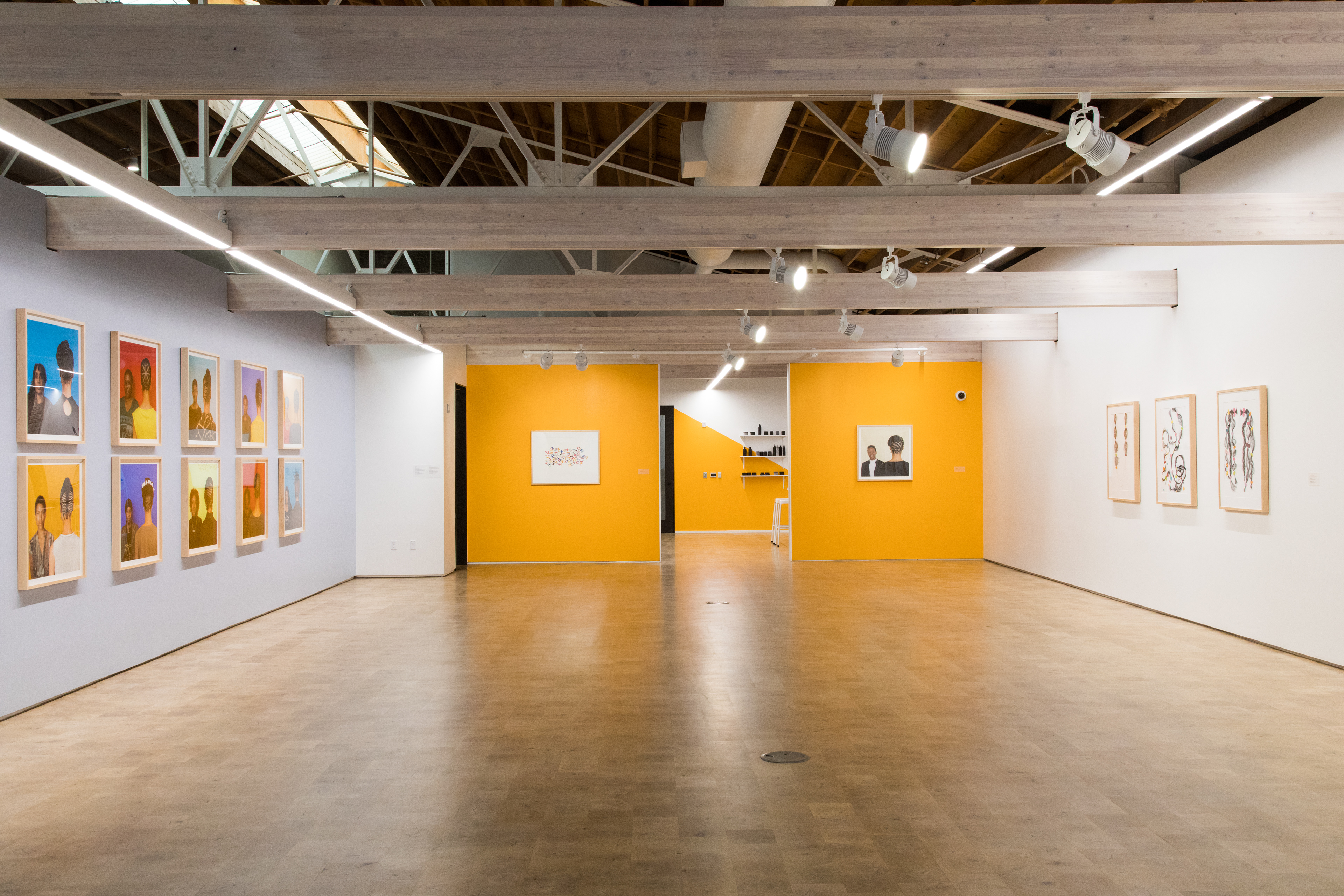



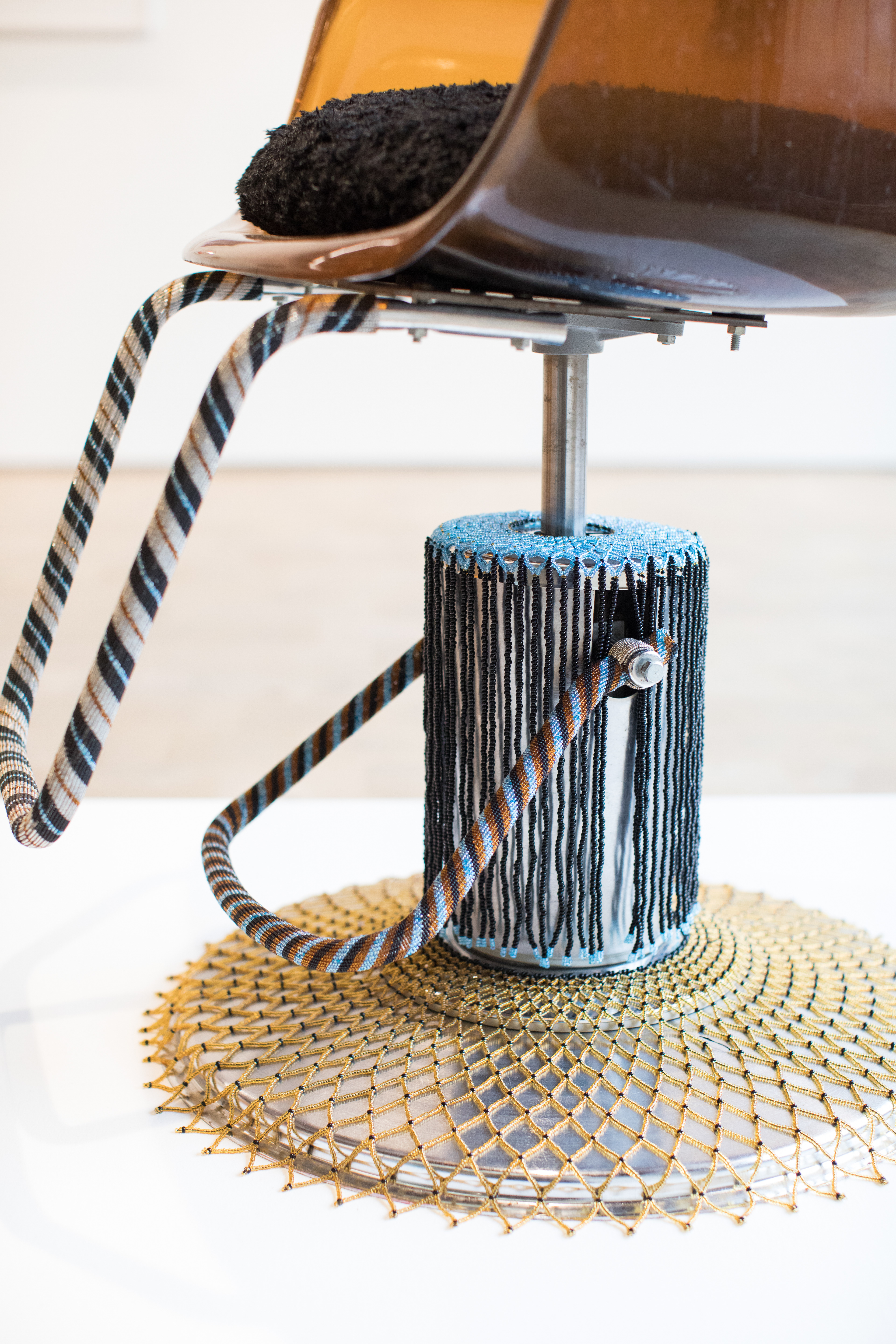
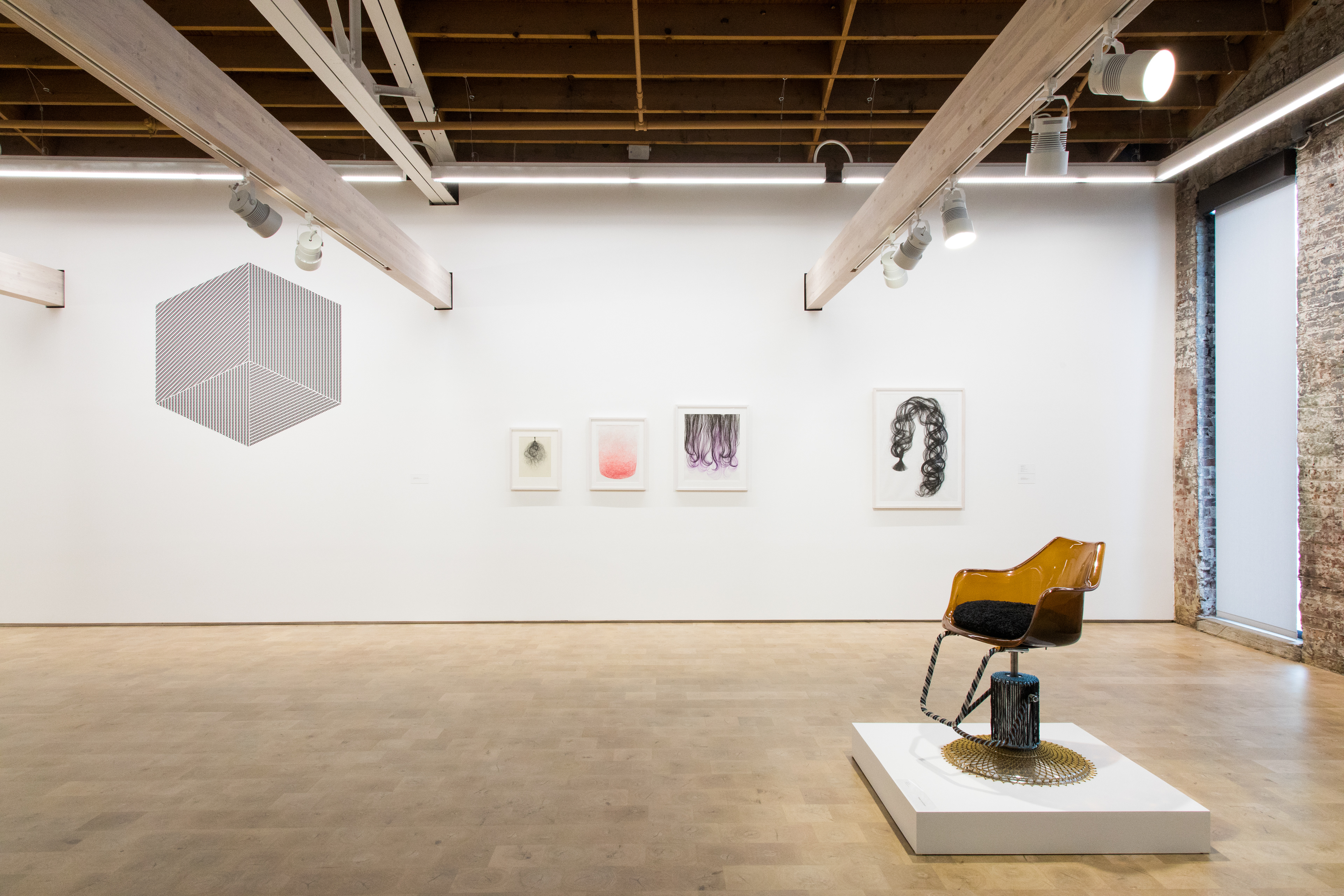
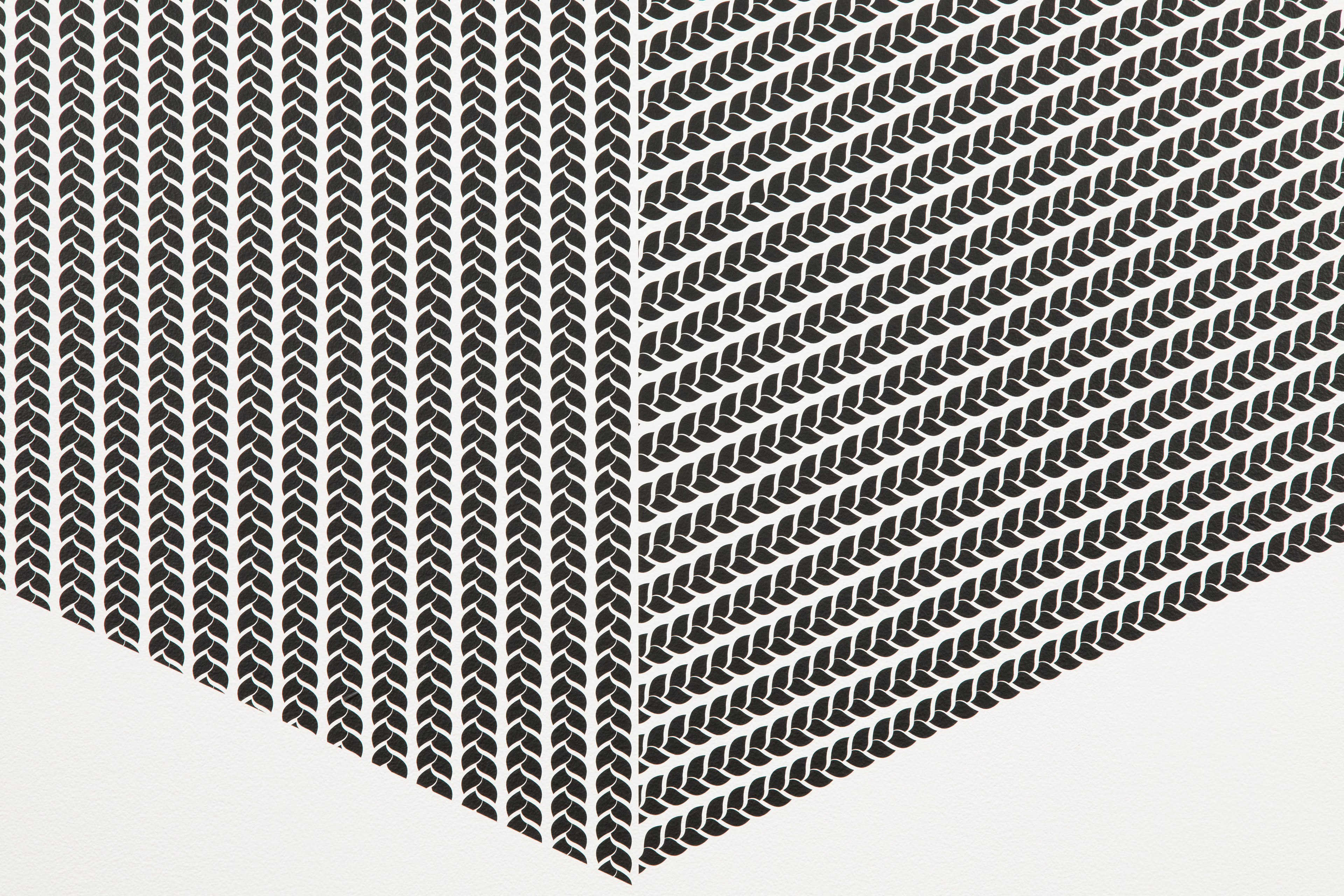
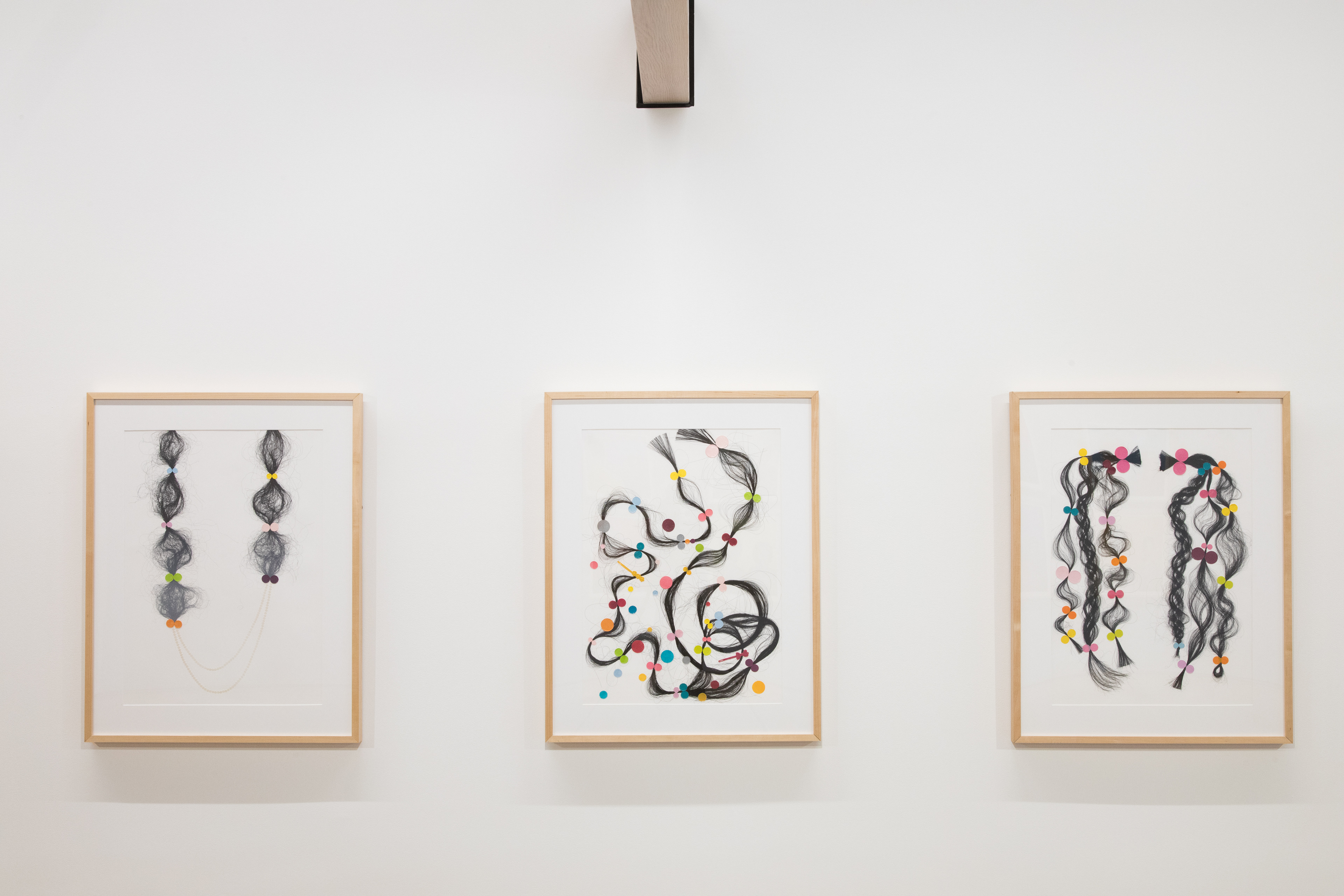

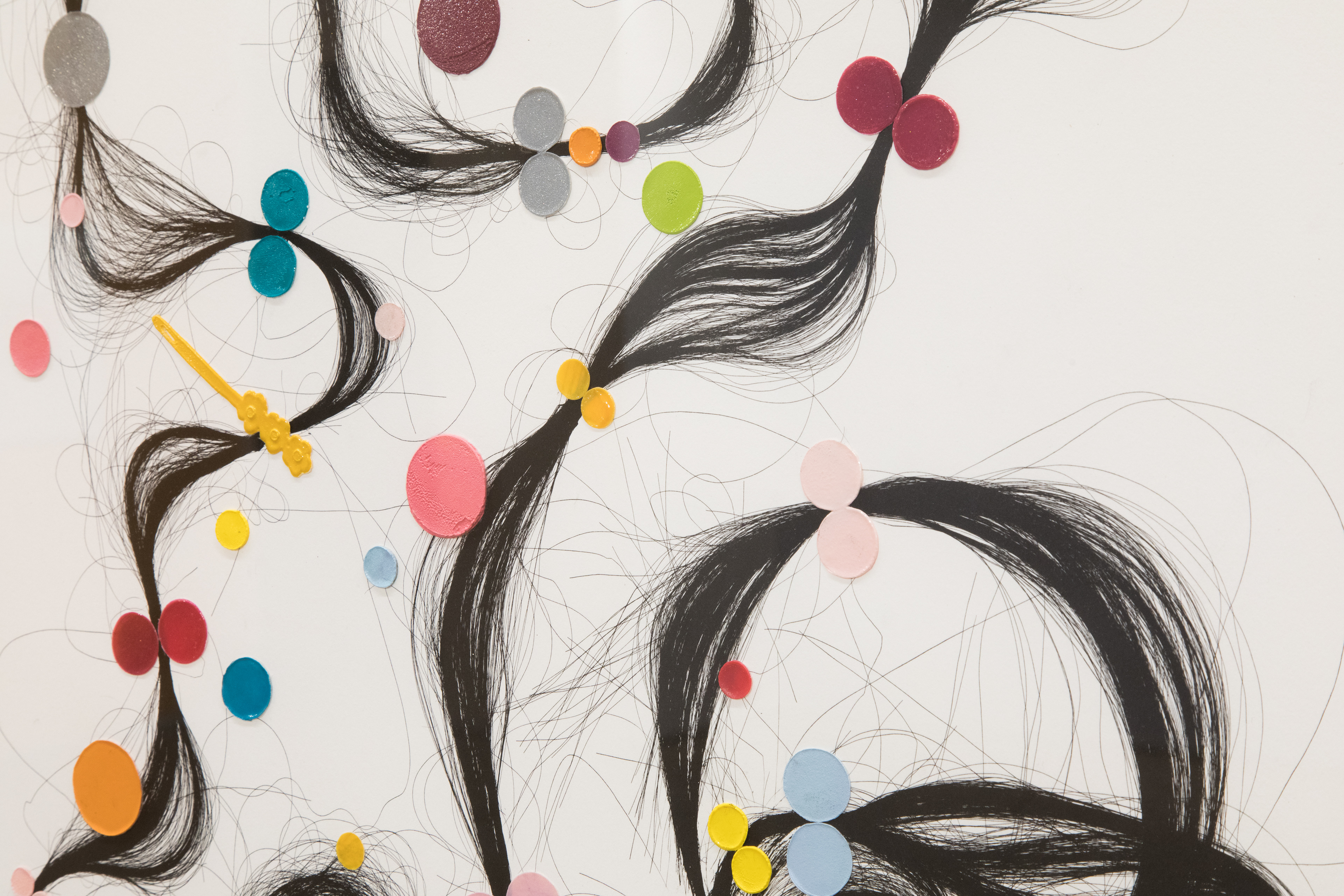



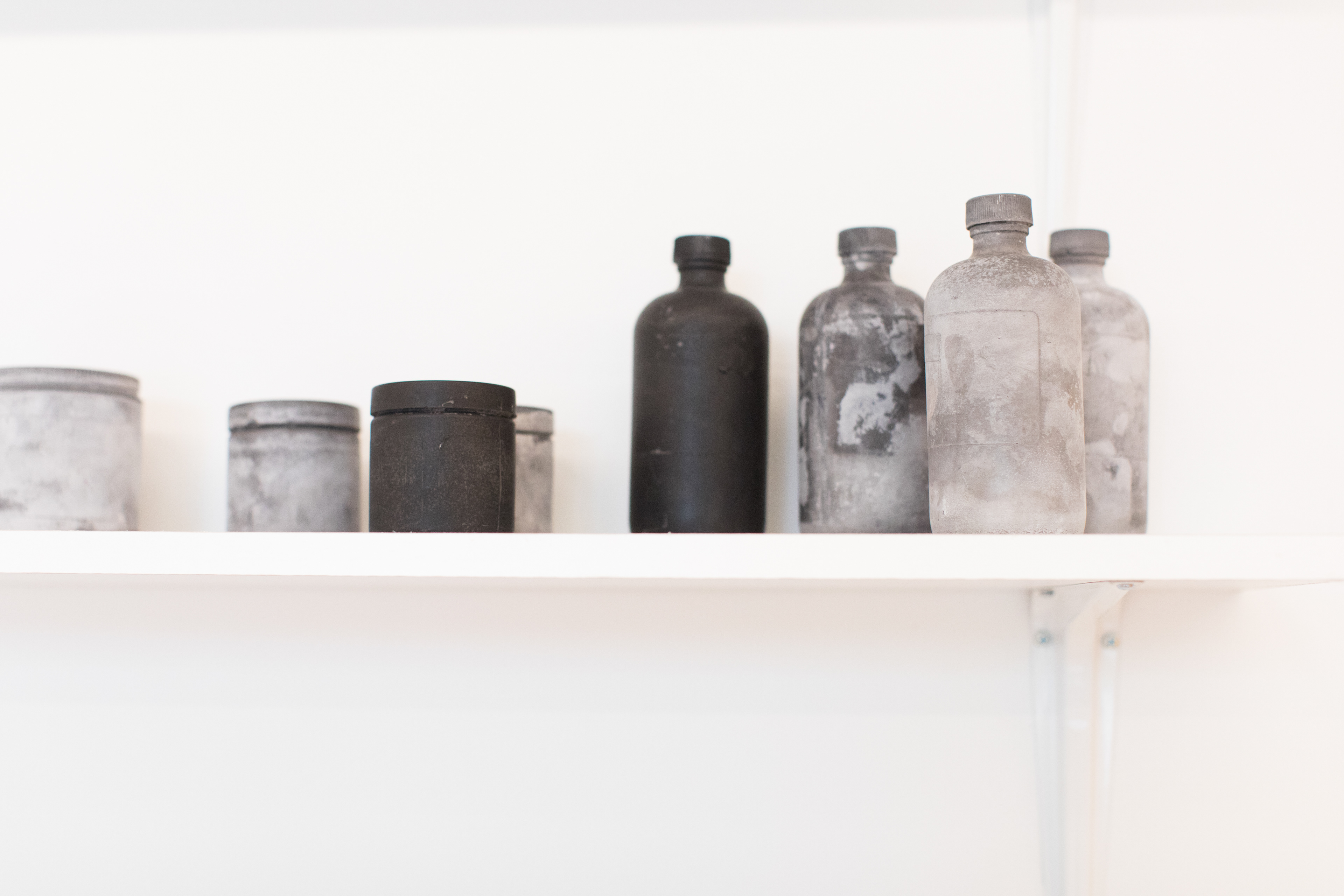




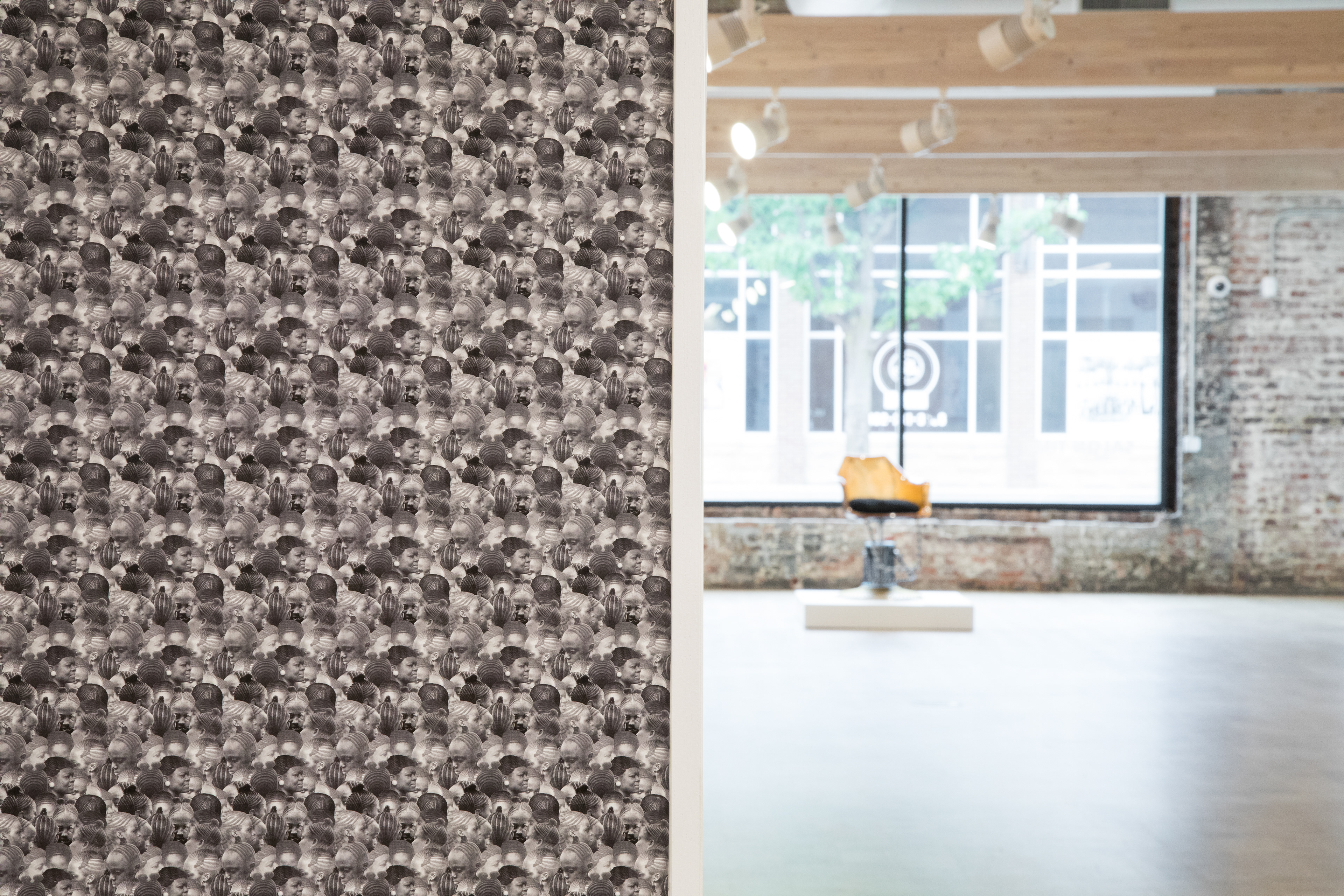

ABOUT THE ARTISTS
Sonya Clark is a Distinguished Research Fellow in the School of the Arts at Virginia Commonwealth University. Born parents from Trinidad and Jamaica, Clark gained an appreciation for craft and the value of the handmade objects and stories from her family. She earned an MFA from Cranbrook Academy of Art, a BFA from the School of the Art Institute of Chicago, and a BA from Amherst College. Her work has been exhibited in over 350 museum and galleries in the Americas, Africa, Asia, Europe, and Australia. She is the recipient of a United States Artist Fellowship, a Pollock Krasner award, an 1858 Prize, Art Prize Grand Jurors Award, and an Anonymous Was a Woman Award. She participated in a Red Gate Residency in China, a BAU Carmago Residency in France, a Rockefeller Foundation Bellagio Residency in Italy, a Smithsonian Artist Research Fellowship, a Knight Foundation Residency at the McColl Center for Arts + Innovation, a Civitella Ranieri Residency in Italy, a Yaddo Residency, and a VCUarts Affiliate Fellowship at the American Academy in Rome.
Althea Murphy-Price is an artist and professor living in Knoxville, TN. As an artist, her work has been recognized for its non-conventional approach to the traditions of printmaking. Murphy-Price began her studies in Fine Art at Spelman College before receiving her Master of Arts in Printmaking and Painting from Purdue University. She went on to study at Temple University’s Tyler School of Art, where she earned her MFA. Murphy-Price has exhibited in venues throughout the country including: the Weston Gallery, Cincinnati, OH; Howard Museum of Art, Baltimore, MD; Wellesley College, Boston, MA; Wade Wilson Art Gallery, Houston, TX; Indiana University Art Museum; The Print Center, Philadelphia, PA; The Halsey Institute of Contemporary Art, Charleston, SC; and the Knoxville Museum of Art, Knoxville, TN. Her international exhibits include the International Printmaking Exhibition, Jingdezhen, China; the American Youth Printmaking Exhibition, Lui Haisu Art Museum, Shanghai, China; and Print Resonance, Musashino Art University, Tokyo, Japan. Her writing and work have been featured in publications including Art Papers Magazine, CAA Reviews, Contemporary Impressions Journal, Art in Print, Printmaking: A Complete Guide to Materials and Process, and Printmakers Today. She is an Associate Professor of Art at the University of Tennessee in Knoxville.
Nontsikelelo Mutiti is an interdisciplinary artist and educator whose work encompasses fine art, design, and social practice. Born in Zimbabwe, Mutiti holds a diploma in multimedia art from the Zimbabwe Institute of Digital Arts, and an MFA from the Yale School of Art with a concentration in graphic design. Recently, she was a resident artist at the Museum of Contemporary Art Detroit, as well as at Recess and the Centre for Book Arts, both in New York City. In 2015, Mutiti was awarded the Joan Mitchell Foundation Emerging Artist Grant in its inaugural year. Mutiti continues to develop her work around African hair braiding and themes related to African immigration. She was an Assistant Professor in the New Media Department at State University of New York, Purchase College before joining the faculty at Virginia Commonwealth University, where she is currently and Assistant Professor of Graphic Design. She lives and works between New York City, Richmond, and Harare.
